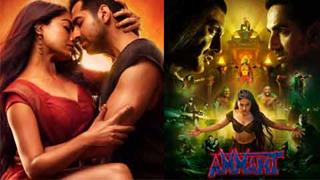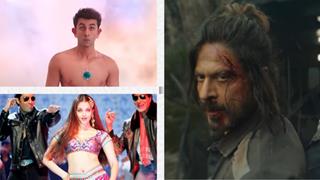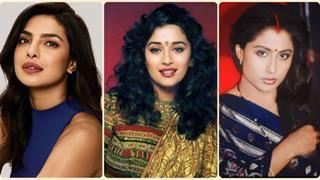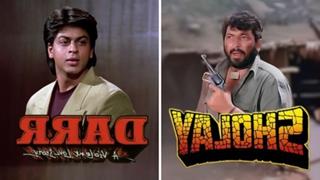The movie 'Jodhaa-Akbar' shows the formative years of Mughal emperor Jalaluddin Akbar, who was known as a great warrior, says filmmaker Ashutosh Gowariker.
'In 'Jodhaa-Akbar' I am showing Akbar's formative years - from the age of 13 to 28. It was the time when he started taking charge of the empire. And it was the time when he was having political alliances,' Gowariker told
in a telephonic interview from Mumbai.
'The film also shows him as a warrior. So in the film his warrior image and his romantic side run parallel.'
The much talked-about film depicting the 16th century romance between Mughal emperor Akbar and his Hindu queen Jodhabai will hit the theatres Feb 15.
Starring two of the hottest stars of the Hindi film industry - Hrithik Roshan as Mughal emperor Akbar and Aishwarya Rai as queen Jodhabai - the film captures the romance between the two after they were brought
together by a marriage.
However, one of the promos shows Hrithik in the battlefield saying, 'Hum Hindustan ko galat hathon mein jaane nahin denge (I will not allow Hindustan pass into the wrong hands)'.
So is the director keeping some surprises for the audience?
Ask Gowariker and he laughs: 'That you will have to come and discover. The dialogue is a part of the story. Yes, there is a surprise in the film.'
Unlike other filmmakers, Gowariker stresses on research work and says it helps create the right sets, design the right costumes and extract the right body language and pronunciation from actors.
'When you are creating another world, multiple factors come in play - like landscapes, which should give the feel of that period, and sets, which should be elaborated in detail.
'Many factors go towards building characters like costume, makeup, jewellery and how that is created comes from research. For instance, simple words like 'takhlia' (leave us alone) helps create the feel of the
era.'
Recently, jewellery worn by Hrithik and Aishwarya in the film was unveiled for the media.
'In 'Jodhaa-Akbar', one added element that emerged was jewellery. I wanted someone who would not only design it but craft it as well. And the only organisation I could think of was Tanishq.
'Jewellery plays a significant role in the film. It defines characters. What an emperor wears in his chamber is different from what he wears in the battlefield or in court.'
With Gowariker behind the camera and Hrithik and Aishwarya in front of the camera, the expectations are high. So does the film need high publicity?
'I don't think there is any overdose of publicity. There are so many channels in the country, so many newspapers; would you say that there is an overdose of them? Similarly, I don't think that there is an overdose of
publicity. I don't think it is going to harm the film.'
K. Asif's 'Mughal-e-Azam' is known for the perfect detailing of the Mughal era's grandeur and opulence. But Gowariker says that he didn't take any reference from the movie.
'There is no reference of 'Mughal-e-Azam' because it belonged to a later era. It showed Akbar when he was in his 50s and focused on the Salim-Anarakli romance.
As far as the detailing is concerned, when
Jehangir (who is also known as Salim) came into power, marble was introduced. During Akbar's reign it wasn't prevalent. Red Fort is all red, so from that point too there is no connection between the two films.'
Romance and music go hand in hand. And one of the famous jewels of Akbar's court was Miyan Tansen, the greatest composer, musician and singer of the era.
'But my film has no reference to Tansen because he came in the later period of Akbar's life. While Akbar formed the 'navratan' (nine gems) between the age of 28 and 35, my film captures his life from the age of 13 to
28.'
The film has been produced by UTV and more than Rs.400 million has been pumped into it.
While the general perception is that corporate houses don't like taking uncalculated risks and directors are forced to make compromises, Gowriker says he didn't have to do any such thing while dealing with UTV head
Ronnie Screwvala.
'Not at all. UTV had a good association with 'Swades'. Ronnie and I share the same vision.'
I am showing Akbar`s formative years: Gowariker
Monday, January 28, 2008 13:07 IST




















